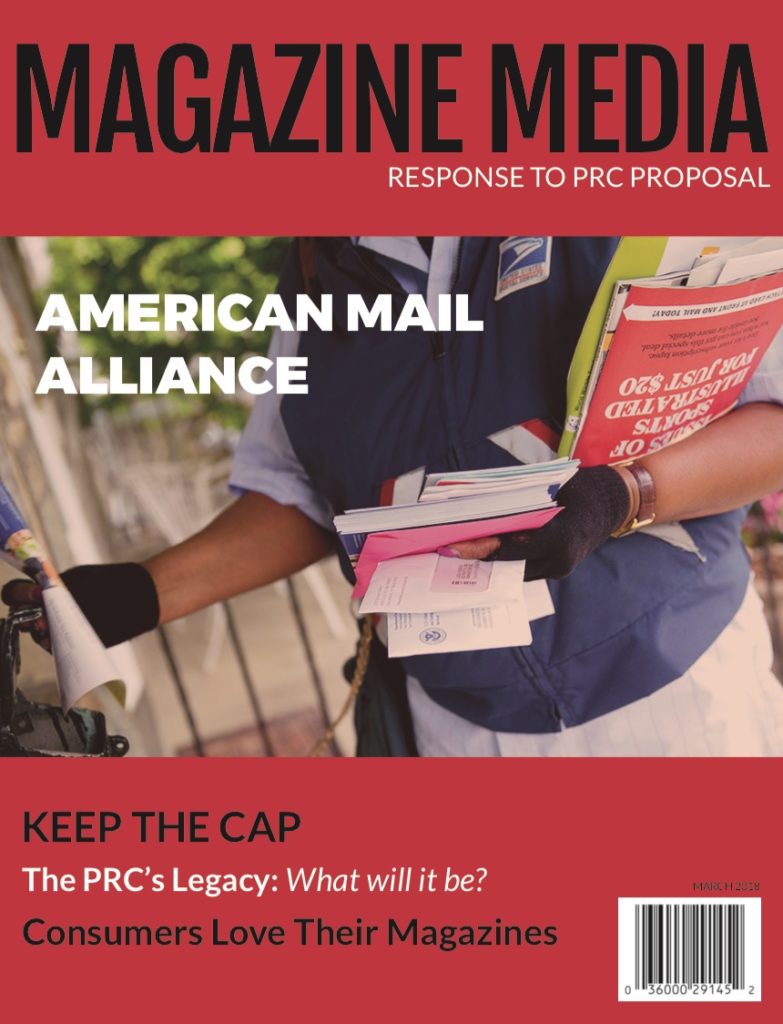 The USPS had done an excellent job of pleading their case for rate increased on periodicals. To the average U.S. consumer, there are several “facts” being bandied about that seem to justify rate increases for the magazine industry. But are they accurate?
The USPS had done an excellent job of pleading their case for rate increased on periodicals. To the average U.S. consumer, there are several “facts” being bandied about that seem to justify rate increases for the magazine industry. But are they accurate?
According to the Association of Magazine Media (MPA), they are not. And while the Postal Regulatory Commission is using this as the basis for new rate increases for periodicals, the MPA believes they are playing fast and loose with their facts.
“While USPS continually refers to periodicals being ‘underwater’ in their cost coverage, this is completely due to USPS’ decrease in efficiency,” notes this letter from the MPA President Linda Thomas Brooks in PostalNews last month. “Instead, periodicals are ‘over-contributing’ to the efficiency of the Postal Service by taking on much more of the work themselves in an effort to keep the service viable.”
In other words, instead of blaming the magazine industry for its problems, the USPS should be working with us to realize even more efficiencies and contributions. To back this up, Thomas Brooks outlines four myths about the USPS and magazines – and proceeds to bust each one thoroughly.
Myth 1: The USPS is losing money on shipping periodicals, so they need to raise the price.
Bollox, Thomas Brooks says: “The PRC’s proposal to ratchet up magazine postage ignores the fundamental fact that USPS mismanagement is to blame for magazines’ situation. The Postal Service shifted magazines from low-cost to high-cost processing, causing cost coverage to decline.”
Myth 2: USPS has improved its operation by using automation and incorporating better supply chain management practices, but it’s not enough. The USPS needs more revenue dollars and must charge customers more money.
More bollox. Their automation “upgrades” in the disastrous flats sequencing system have caused productivity to drop “anywhere from 24-percent to 52-percent for the applicable sorting machines,” she notes. “Meanwhile, to compensate for USPS’ falling productivities, publishers have undertaken much more upfront prep work before giving magazines to the Postal Service for final processing and delivery. More than two-thirds of magazines are sorted to the deepest sortation level before mailing, and about three-quarters are driven by private trucks to mail entry points near readers’ homes.”
Myth 3: The advent of email and other shipping competitors is mostly responsible for USPS’s decline.
This completely ignores how much value e-commerce has pumped into their revenue stream.
“The profit from packages keeps growing, giving the Postal Service an extra $1 billion of profit per year. Companies such as Amazon, FedEx and UPS all use USPS to deliver packages the ‘last mile.’ By proposing only one solution – much higher postage rates – the Commission will do lasting harm to the Postal Service by either forcing businesses out of the mail or pushing them to find –or create—alternative, cheaper, and more stable distribution methods,” she asserts.
Myth 4: The Postal Service’s poor finances are due to deficiencies in the rate-making system
Not so, Thomas Brooks explains. It’s widely known that much of the problem with their balance sheet comes down to Congress insisting on an accelerated prefunding schedule for postal retiree pensions.
“Over 90 percent of Postal Service reported losses in the last decade are due to this misguided prefunding schedule,” she explains.
The bottom line here is that the USPS is blaming their most important and valuable customer – the magazine and catalog industry – for their troubles. It doesn’t make sense, but they sure have a good way of spinning it.
“We are at a critical juncture,” Thomas Brooks concludes. “The Postal Service is a unique institution with a unique set of circumstances. However, there is no precedent for an organization in any industry that succeeded through exorbitant prices increases in the face of weakening demand. It is the PRC’s responsibility – and legacy – to recognize that here.”
The mailing industry is justifiably up in arms over this ongoing debacle, and it’s good to see the MPA setting the record straight in such clear terms. We all need to be armed with the facts, and call out the myths when we see them.
